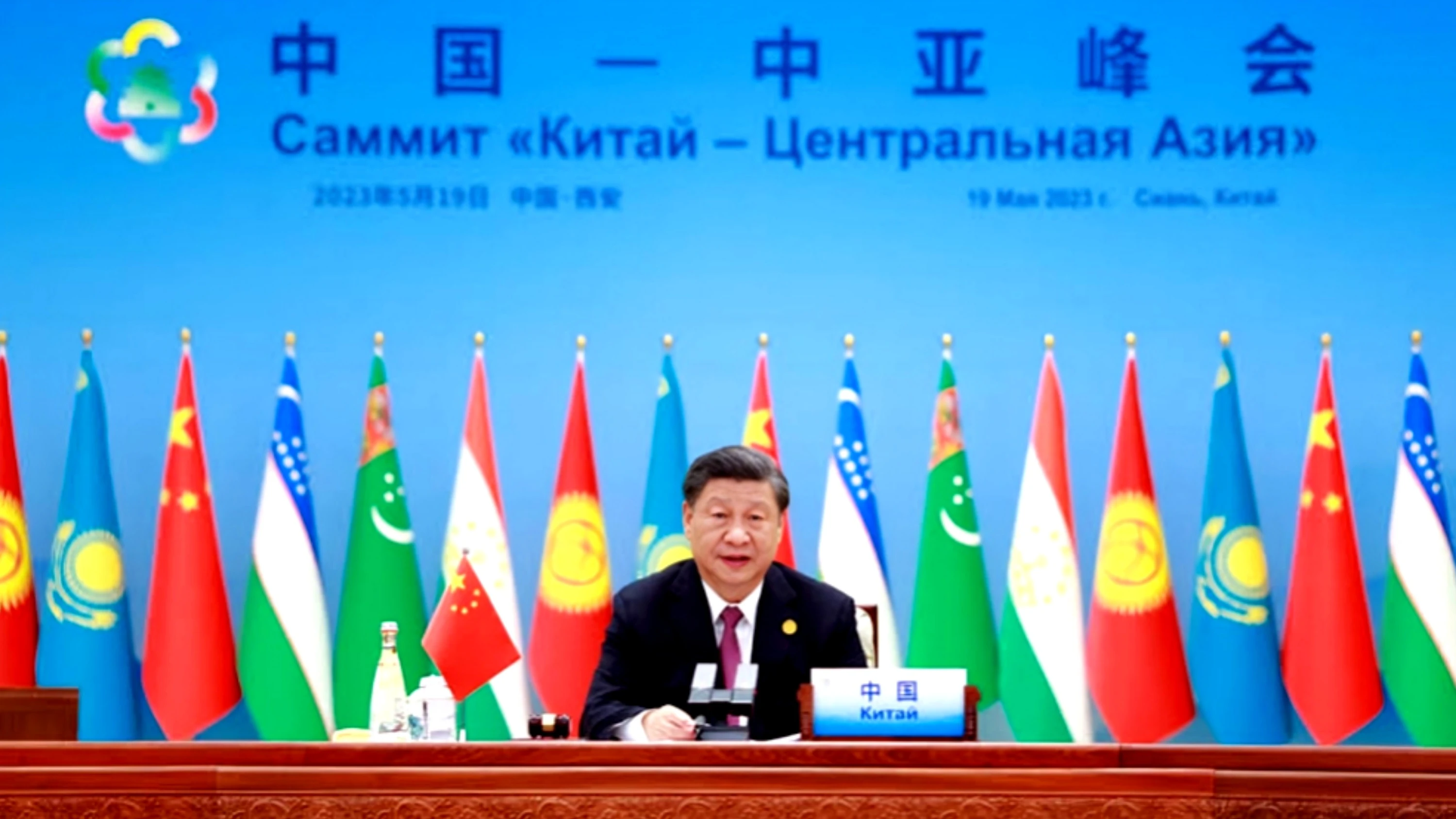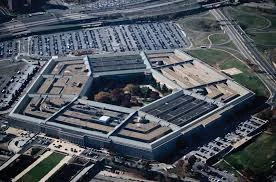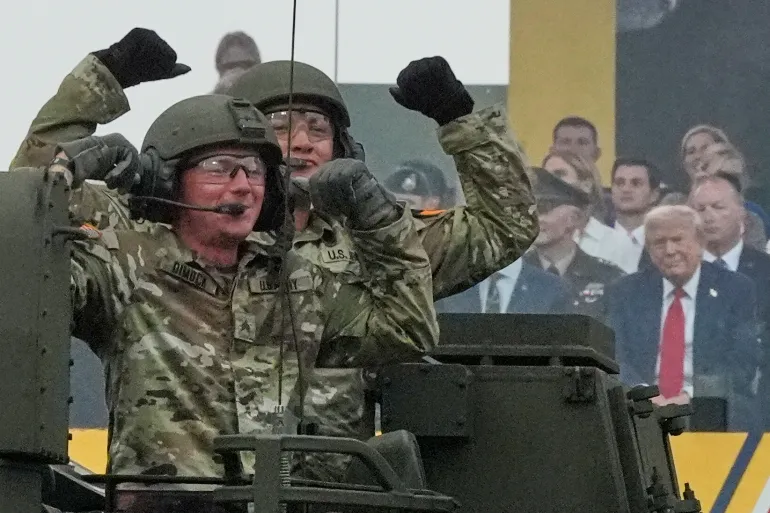VATICAN CITY: Dignitaries, royalty, and thousands of mourners gathered on Saturday to bid farewell to Pope Francis during a solemn funeral Mass in St. Peter’s Square, where the late pontiff’s enduring commitment to migrants, the poor, and the environment was celebrated.
U.S. President Donald Trump, who had often disagreed with the pope on key social issues, was seated among a sea of foreign leaders on one side of Francis' coffin, while on the other sat the cardinals responsible for electing his successor next month. The decision ahead: whether to continue Francis’ reformist vision or pivot back to a more conservative Church.
Francis, the first pope from Latin America, passed away Monday at the age of 88 following a stroke, concluding a 12-year papacy that sought to open the Church to the modern world.
Italian Cardinal Giovanni Battista Re, 91, presided over the funeral, praising Francis' compassion and forward-looking spirit. Re emphasized that Francis had been deeply attuned to contemporary struggles and the movement of the Holy Spirit within the Church, stressing that "there is no turning back."
The ceremony drew an estimated 250,000 mourners, filling St. Peter’s Square and the surrounding streets. Applause echoed through the crowd as Francis' simple wooden coffin, adorned with a cross, was carried into the square by white-gloved pallbearers at the start of the Mass. The casket was later tilted so that more people could see it, prompting another wave of applause.
A vivid mosaic of colors filled the square, with leaders in dark suits, cardinals in red, bishops in purple, and priests in white. Latin hymns and prayers in languages including Italian, Spanish, Chinese, Portuguese, and Arabic highlighted the global nature of the Church's 1.4 billion followers.
After the Mass, the coffin was placed on a popemobile and driven through Rome to the Basilica of St. Mary Major, fulfilling Francis' wish to be buried outside the Vatican – a break with papal tradition not seen in over 100 years. The private burial marked a final act of simplicity from a pope who had rejected much of the pomp traditionally associated with his office.
Thousands lined the 5.5-kilometer route, waving signs, tossing flowers, and shouting tributes like "Viva il Papa!" and "Ciao, Francesco" as the procession passed landmarks such as the Colosseum.
The funeral also offered a rare diplomatic moment between Trump and Ukrainian President Volodymyr Zelenskiy, who had clashed in the past. Their brief conversation inside St. Peter’s Basilica was described as "very productive" by a White House official, with Zelenskiy calling it a "good meeting."
Among other world leaders attending were the presidents of Argentina, France, Germany, Gabon, the Philippines, and Poland, as well as the prime ministers of Britain and New Zealand. Spanish King Felipe VI and Queen Letizia were also present.
Francis’ death initiated a carefully choreographed mourning period marked by ancient rituals and public tributes. Over the preceding days, more than 250,000 faithful viewed his open casket inside the basilica.
Francis, the first non-European pope in nearly 1,300 years, championed the marginalized, advocated for environmental protection, and called on wealthier nations to assist migrants. However, his reforms often met resistance from conservative factions within the Church.
His funeral reflected his desire for simplicity: Francis chose a plain zinc-lined wooden coffin instead of the traditional trio of caskets and altered the elaborate funeral rites normally used for a pope. His grave at St. Mary Major bears a simple inscription: "Franciscus," accompanied by a replica of the modest iron cross he once wore.
The focus now turns to the upcoming conclave, expected to start around May 6, where cardinals will deliberate on the future path of the Church amid ongoing financial troubles and ideological divides.








